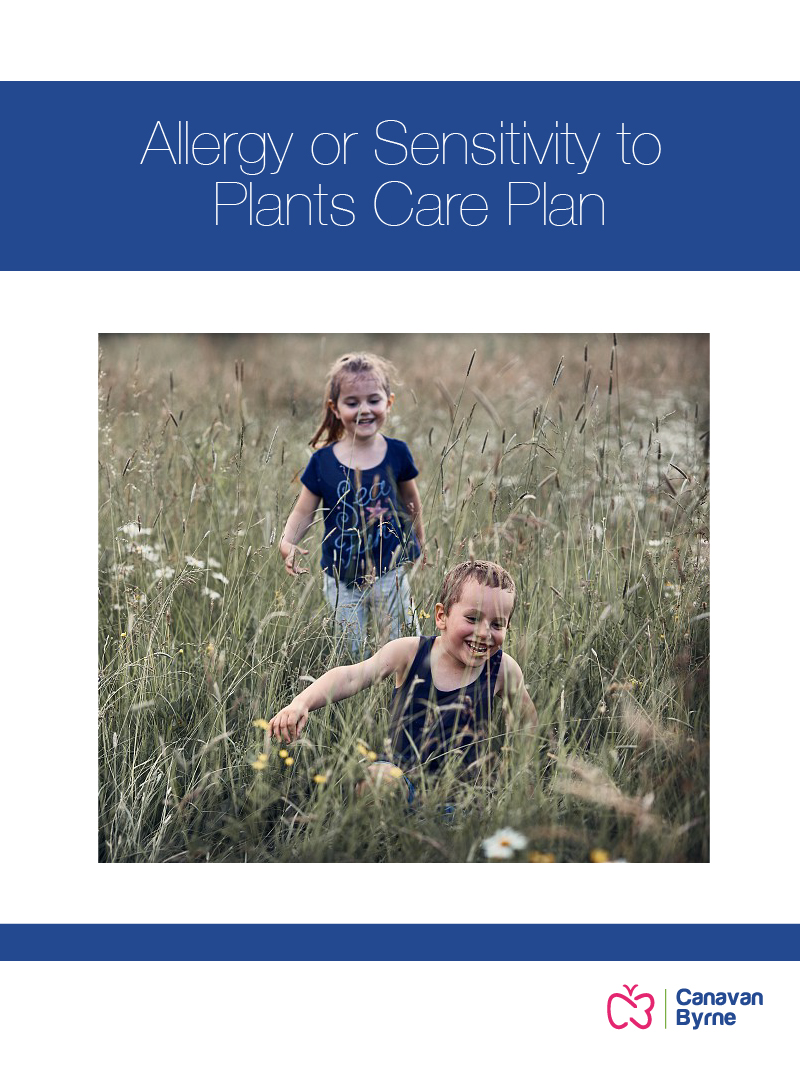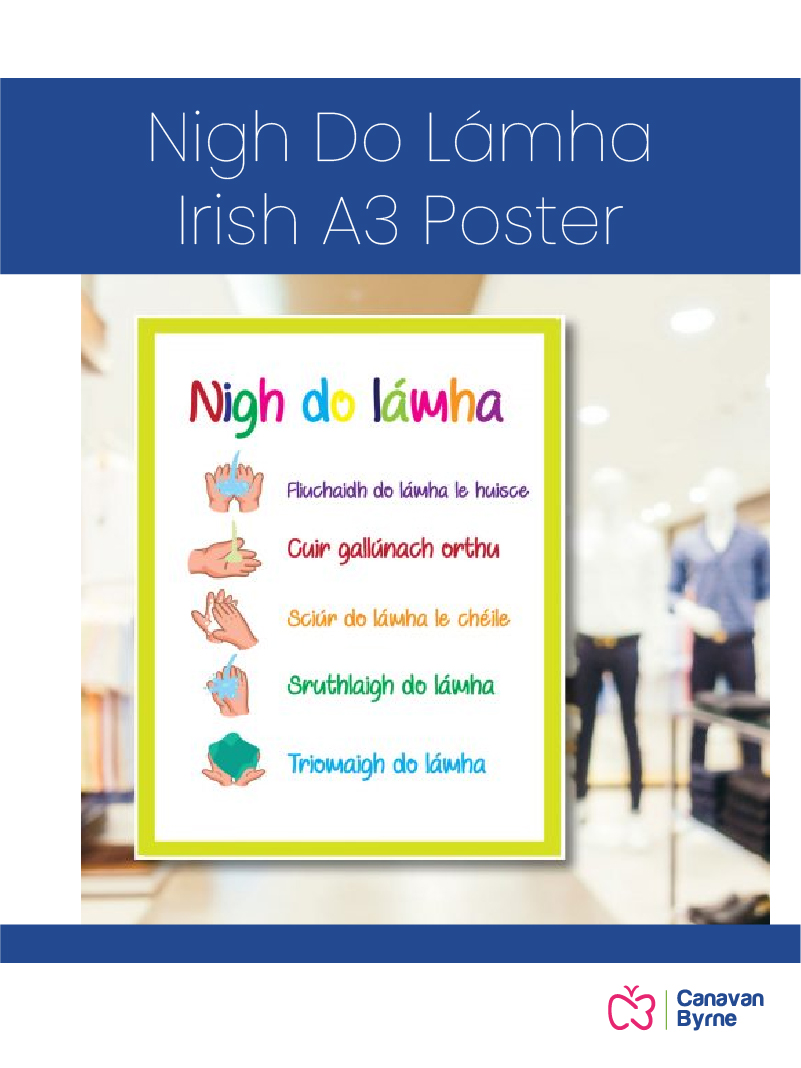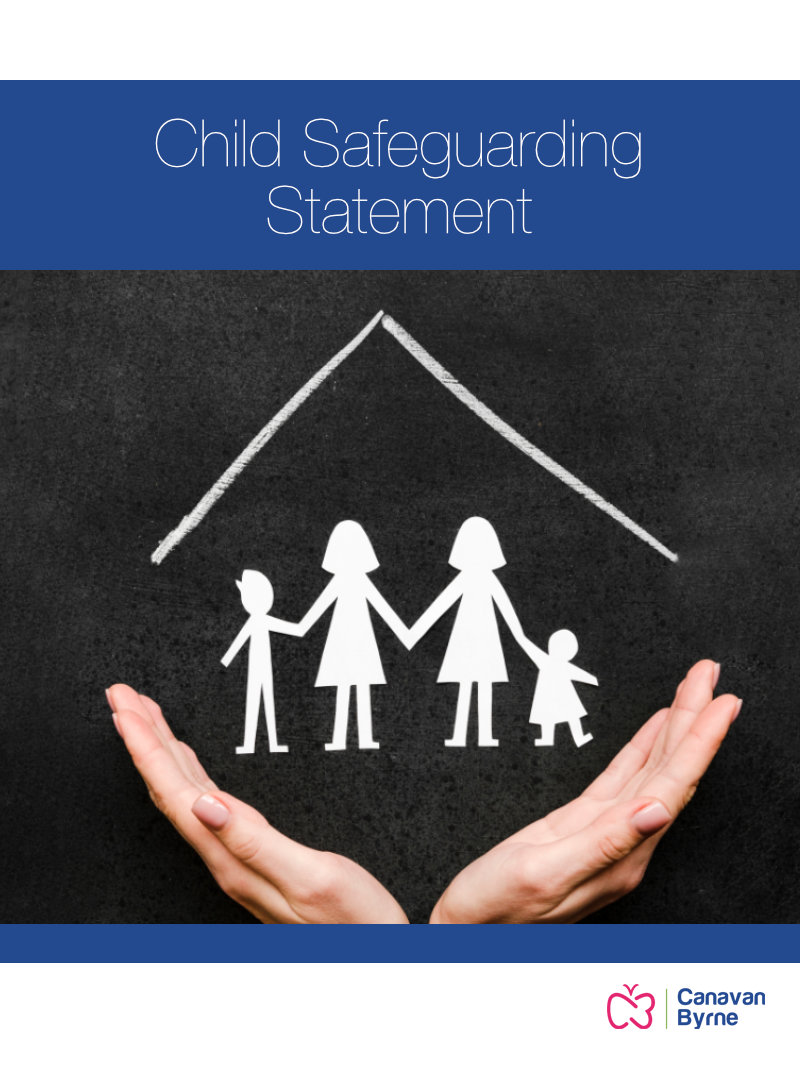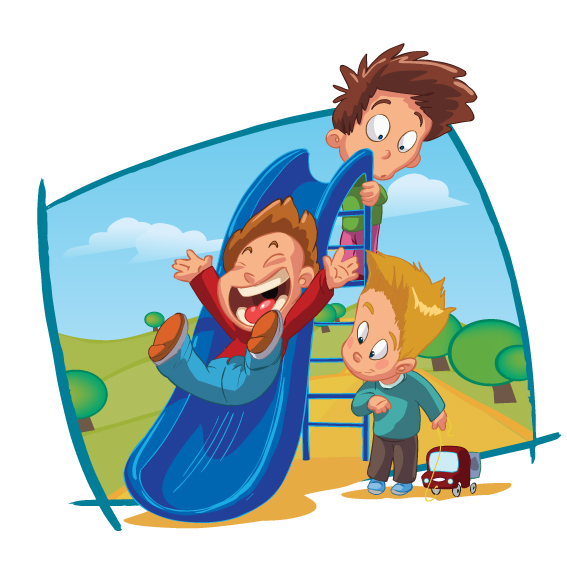All types of plants, flowers, grasses, weeds and trees are living things. They emit small amounts of substances and particles which some children are or can become sensitive to. Certain substances such as pollen, sap, and residue might be visible, while other secretions are invisible. Whether visible or invisible, these can cause mild to serious allergic reactions in children, ranging from mild to serious respiratory difficulty (asthma trigger, hay fever spell) or a topical reaction to the skin in the form of rash, itching, blister, welts, and/or swelling. Reactions may also include fits of sneezing/coughing, itchy watering eyes or puffing of the face, including the eyes. Often if a child encounters a plant they are sensitive to, an initial trigger might be watering or itching of the eyes. The child will most likely bring his/her hands/fingers to the face, which can worsen the allergic reaction. Should a child accidentally ingest a harmful or poisonous plant, immediate emergency medical care is required. Ingestion of plants may also result in anaphylaxis should an allergy (known or unknown) occur as a reaction. In this case, seek immediate emergency medical care.
Medical care plans are a useful tool to be sure you are providing the very best possible care for the children in your service as well as documenting your commitment to staff training and care when inspected.
Contents
- Child's Record Sheet
- Useful Information for Staff/Carers: Actions to take for topical reaction and actions to take for respiratory/anaphylactic reaction
- Log of Staff Inductions on Epipen Administration
- Allergy Alert Notice and Cover Sheet
- Sample Letter to Parents
- Medical Consent and Administration Form









Reviews
There are no reviews yet.